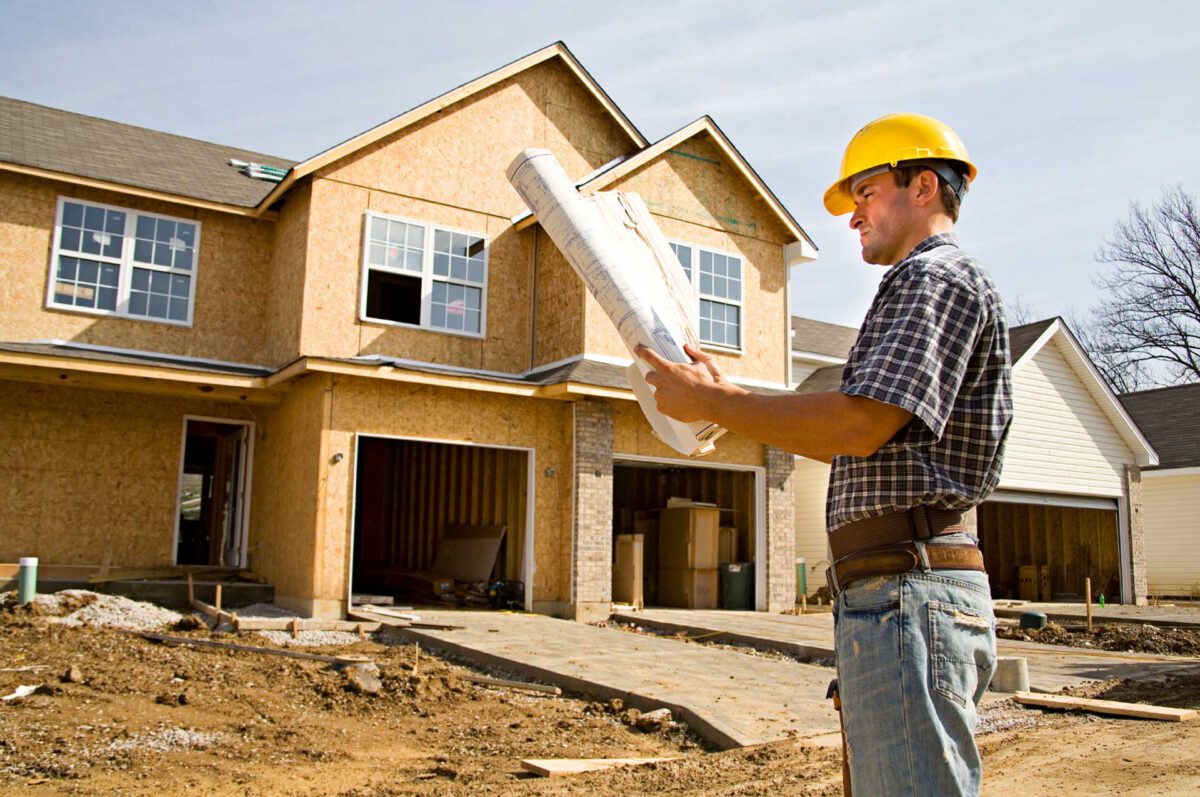1. Quality of the reinforcement steel plays a very important role in determining the life of the building. Visually, all steel lots may look the same but quality wise, these may be a lot different. The first thing to be checked while buying steel is that it must be produced by a reputed manufacturer such as Steel Authority of India Ltd. (SAIL) or Tata Steel Company (TISCO) or Rashtriya Ispat Nigam Limited (RINL). These manufacturers have inbuilt laboratory arrangements where stringent quality control checks are carried out before passing of steel for sale. Reputed manufacturers also put their trademarks on the steel bars. Look for them or ask the retailer to show them to you. Locally produced steel may not be that strong and may have been produced from scrap. When a large quantity of steel is to be purchased, ask the seller to show the test certificate of the lot being sold. These test certificates are supplied by the firms and are half printed and half embossed to avoid any tampering.
2. Before buying steel, also decide the type of steel to be used. Prefer High Yield Strength Deformed (HYSD) bars to round ones, as these bars are much stronger than plain or round bars though weight wise, both weigh equally. Popular name of HYSD bars is Tor steel. In actual, Tor is a trade name belonging to Tata steel company. As Tor or HYSD steel is stronger, it saves cost. Strength of an 8 mm diameter tor steel bar is almost equal to 10 mm diameter plain steel bar. Similarly, a 10 mm dia tor steel bar has almost same strength as 12 mm plain steel bar. Further, prefer Thermo-Mechanically-Treated (TMT) bars. These bars have a soft core but hard outer surface, have same strength as HYSD steel and take better stress before yielding because of the soft core. For the stirrups to be put in beams, sometimes, plain round bars are also required as it may be difficult to bend tor steel of larger diameters. This quantity is however small.
3. Right quantities of steel of different diameters should be worked out carefully. An engineer may help in lot of saving on steel front by adopting cut length method and thus by deciding the lengths of steel bars to be purchased. He may workout lengths of bars for different portions of the building and combine them to check the most suitable lengths that will generate minimum scrap. The number of diameters should also be kept low for practical purposes.
4. While finalizing the steel lot, check the diameter of the steel. Steel produced has variation in diameter. Steel categorized as of 8 mm diameter may in actual have 7 mm diameter and so on. This problem generally occurs in low diameters up to 16 mm diameter. Though lower diameter will not cause a financial loss as steel is sold by weight but it may ask for a review of the structural design. Choose a lot that is free of rust. Steel is supplied in straight as well as coiled form. Prefer straight steel bars. Coiled steel requires more labour for its straightening up.
5. While buying bricks, select such lots of bricks that give ringing sound when two bricks are struck against each other. Such bricks are hard and free from cracks. Don’t get carried away by red colour of bricks. It is not a sure indication of good strength of bricks. Sometimes, when the earth used for manufacture of bricks is largely sandy, a red colour is lent to the bricks which in actual may not be as strong as those made from good clay. Check the size of bricks to be accurate as the bricks are sold by numbers. A little lesser size may ask for more quantity of bricks.
6. Another important point is to see that there is no variation in size of bricks. Such variations cause problems to the masons who find difficulty in maintaining the lines and levels in masonry work. Preferably get the bricks from one kiln only. Avoid distorted bricks. To avoid problems at a later stage, also check that the bricks are efflorescence free. To perform this check, break a few bricks and check the broken faces. There shouldn’t appear any lumps of free lime. If ignored, these salts appear on wall surfaces at a later stage and become a permanent headache.
More tips will follow next week. Till then, happy building!


